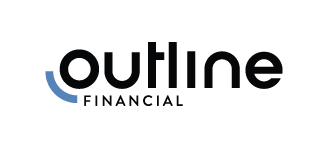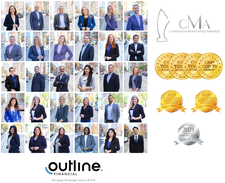
David Olive
Aug. 18, 2022
We hear often that we live in uncertain times. But in truth, we are returning to normality, and sooner than expected after the first pandemic of modern times.
With normality come reasons for optimism. Here are a few.
Inflation appears to have peaked. On Tuesday, StatsCan reported that annualized inflation in July was 7.6 per cent, down from May’s 8.1 per cent. It’s expected that next year inflation will drop to about three per cent, not far from the two per cent norm of the past three decades.

iStock-1388370764.jpg
Recession worries are overdone. After a weak start to 2022, Canadian GDP growth is expected to strengthen in the second half of the year, and outpace its G7 peers in 2022.
With inflation in retreat, the Bank of Canada (BoC) and other central banks will be able to ease their interest rate hikes as early as this year.
The central banks’ campaign to destroy inflation has seen Canadian borrowing costs jump 10-fold this year. But it has succeeded in breaking the upward trajectory in everything from the world oil price to GTA house prices, each down more than 20 per cent in recent months.
Consumers are doing their part, as well, with an undeclared “buyers’ strike.”
Economists still remark on the surprising resilience of consumer spending, which supports Canada’s continued GDP growth. But consumers have also wisely begun to balk at grossly inflated prices for products in limited supply.
That will change next year as the labour shortages and supply chain disruptions (already easing) that have contributed to historically high inflation see significant improvement.
Pent-up demand dating from the pandemic and outsized Canadian household savings (about $300 billion) should power a continued economic recovery.
Of course, some of the factors affecting us are geopolitical, unfolding far from home.
Among those, though, is last Friday’s U.S. congressional passage of a bill that will spend $369 billion (U.S.) on climate and energy investments.
The bill, signed into law this week by U.S. President Joe Biden, is an economic boon to Canada.
The landmark U.S. legislation will boost the Canadian auto sector’s future electric vehicle (EV) production and a Canadian mining sector with its treasure house of critical metals used in EV battery manufacturing.
The U.S. climate and energy bill will also stimulate Canadian cleantech development across all industries.
By contrast, Russia’s invasion of Ukraine is an example of external upheaval that can upend Western plans for economic recovery.
The war is estimated to account for about 0.5 per cent of Canada’s inflation rate.
That said, the war in Ukraine has accelerated the already advanced efforts by Europe to decarbonize its energy mix. That is an inspiration to other regions including Canada to reduce their dependency on fossil fuels.
The playbook developed by the West this year for isolating the Russian economy is working. It has helped thwart Vladimir Putin’s war aims and has already sent Russia into a deep recession. The World Bank is forecasting an 11.2 per plunge in Russian GDP this year.
That playbook, with its comprehensive sanctions on a major economy by an alliance of Western countries, is a first in modern history. And it can be applied elsewhere.
The most obvious next use for it is Taiwan, menaced by an increasingly hegemonic China.
China might someday make good on its 73-year claim to Taiwan with a military invasion, a wild card for investors in emerging markets.
In that event, the Western alliance might seek to isolate China as it has Russia.
That would not be especially difficult to achieve.
Almost everything the West buys from China can be obtained elsewhere. Alternative suppliers include Mexico, South Korea, Japan, Bangladesh, Australasia, Vietnam, and South America.
And after decades of offshoring, especially to China, Western economies would ramp up local production in a bid for self-sufficiency.
That transition, usually called “in-shoring,” is already underway among North American companies. It began in Canada in the first year of the pandemic, when we found ourselves overly dependent on imported medical supplies.
The U.S. this year began rebuilding its critical semiconductor sector, which has become too reliant on offshore suppliers.
The massive Chinese factory unemployment that would result from the closing of Western markets could threaten the Communist Party of China’s hold on power.
Closer to home, the decline this year in property and stock-market values is finally returning asset prices to reasonable levels.
From those lower valuations, assets will be able to make gains based on real value now that speculative excess has been largely drained from the markets.
And lucky you.
The Canada Revenue Agency (CRA) is trying to discharge about $1.4 billion in uncashed cheques owed to taxpayers, totalling almost nine million cheques.
So, don’t ignore the CRA’s 75,000 emails to Canadians about these windfalls, starting this month.
You might have $1,600 coming to you or $46. But it’s real money for once, not another online scammer.


